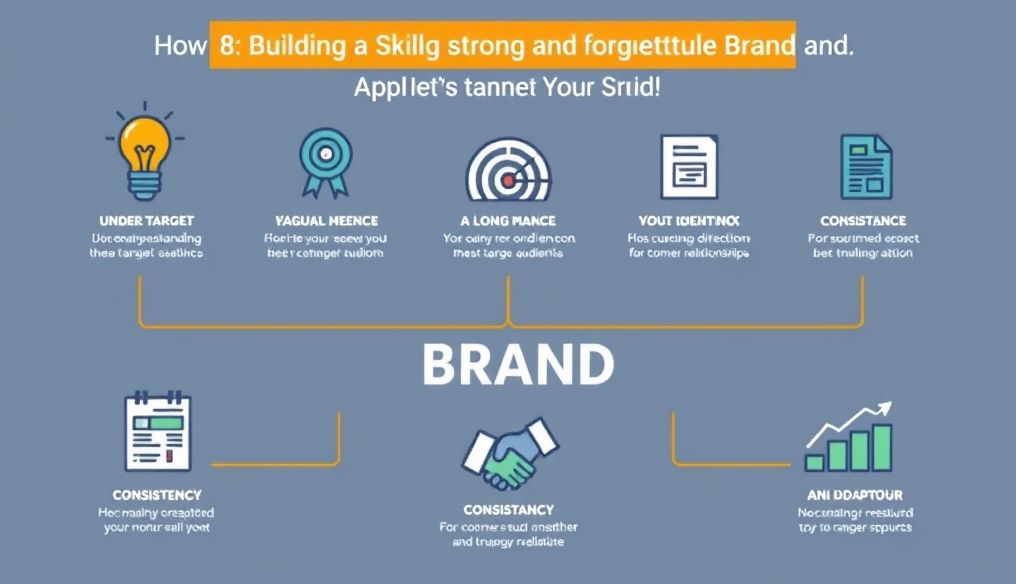Is it Really Possible to Start a Business with $1000?
Yes, absolutely! In today's world, with technological advancements, it's possible to launch successful businesses with modest budgets. The key lies in good planning, focusing on available skills, and exploiting online opportunities.
Chapter 1: Discovering the Right Idea on a Limited Budget
1.1 Analyzing Personal Skills and Expertise
Start by identifying your strengths and skills. What are you good at? What do you enjoy doing? Do you have experience in a specific field? These skills and experiences are the foundation upon which you will build your project.
Example: If you are good at photography, you can offer photography services to individuals or small businesses.
1.2 Researching Unmet Needs in the Local Market
Look for problems people face in your community and try to find innovative solutions. Is there a shortage of certain services? Are there products in demand that are not readily available?
Example: If there is a shortage of healthy food delivery services, you can start a small project to deliver homemade healthy meals.
1.3 Exploiting Rising Trends
Keep up with developments and new trends in the market. Which products or services are experiencing increasing demand?
Example: With the growing interest in eco-friendly products, you can start selling sustainable products or providing recycling services.
Chapter 2: Smart Financial Planning
2.1 Preparing a Detailed Budget
Before starting, prepare a detailed budget that identifies all expected expenses, such as marketing costs, raw materials, and licenses (if any).
- Tip: Use a spreadsheet to track expenses and revenues regularly.
2.2 Looking for Additional Funding Sources
In addition to the $1000 available, look for additional funding sources, such as microloans, crowdfunding, or government support for small projects.
Statistic: According to a World Bank report, small and medium-sized enterprises obtain 52% of the necessary funding from informal sources.
2.3 Minimizing Expenses as Much as Possible
Try to minimize expenses as much as possible in the early stages of the project. Use free tools available online, rent a shared workspace instead of a private office, and market through social media instead of paid advertising.
Chapter 3: Building Brand Identity
3.1 Designing an Attractive Logo
Invest in designing an attractive logo that reflects your brand identity. You can hire a freelance graphic designer or use free logo design tools available online.
3.2 Choosing a Distinctive Name
Choose a distinctive and memorable name for your brand. Make sure the name does not conflict with any other trademarks.
3.3 Creating a Simple Website
Create a simple website that showcases your products or services. You can use free website building platforms like WordPress or Wix.
Chapter 4: Effective Marketing on a Limited Budget
4.1 Social Media Marketing
Harness the power of social media to reach your target audience. Create pages on Facebook, Instagram, and Twitter, and share engaging content regularly.
Tip: Use post scheduling tools to save time and effort.
4.2 Content Marketing
Create valuable and useful content for your target audience, such as articles, videos, and infographics. This will help you build trust with potential customers and attract them to your site.
4.3 Word-of-Mouth Marketing
Encourage your customers to share their positive experiences with others. This is the best and most effective type of marketing.
Chapter 5: Managing Customers and Building Strong Relationships
5.1 Providing Excellent Customer Service
Make customer satisfaction a top priority. Respond to their requests and inquiries quickly and professionally, and try to solve their problems as quickly as possible.
5.2 Collecting Customer Feedback
Ask your customers to provide feedback about your products or services. Use this feedback to improve your business and better meet their needs.
5.3 Building Long-Term Relationships
Try to build long-term relationships with your customers. Offer them special deals and discounts, and stay in touch with them regularly.
Chapter 6: Examples of Successful Projects with $1000
6.1 Home Cleaning Services
You can start by offering home cleaning services in your area. You don't need a lot of equipment, and you can market your services online.
6.2 Making and Selling Handmade Products
If you are good at crafts, you can make and sell handmade products online or in local markets.
6.3 Providing Personal Training Services
If you are an expert in a particular field, you can provide personal training services to individuals or companies.
6.4 Graphic Design Services
If you are good at graphic design, you can provide graphic design services to small businesses and individuals.
Chapter 7: Expansion and Growth
7.1 Reinvesting Profits
Reinvest a portion of your profits in developing and expanding your project. This will help you achieve sustainable growth.
7.2 Looking for New Opportunities
Look for new opportunities to expand your business. Can you offer new products or services? Can you expand into new markets?
7.3 Building a Strong Team
When your project starts to grow, you will need to build a strong team to help you manage operations.
Chapter 8: Common Mistakes to Avoid
8.1 Not Having a Clear Business Plan
Avoid starting a business without a clear business plan. The business plan is a roadmap that will guide you to success.
8.2 Not Managing Cash Flow Properly
Make sure to manage cash flow properly. This means tracking expenses and revenues regularly and making sure you have enough money to cover expenses.
8.3 Giving Up Quickly
Don't give up quickly when faced with challenges. Every business faces difficulties in the beginning. Learn from your mistakes and keep moving forward.
Conclusion: Starting a business on a limited budget is not impossible. With good planning, hard work, and perseverance, you can turn your idea into a successful reality.




